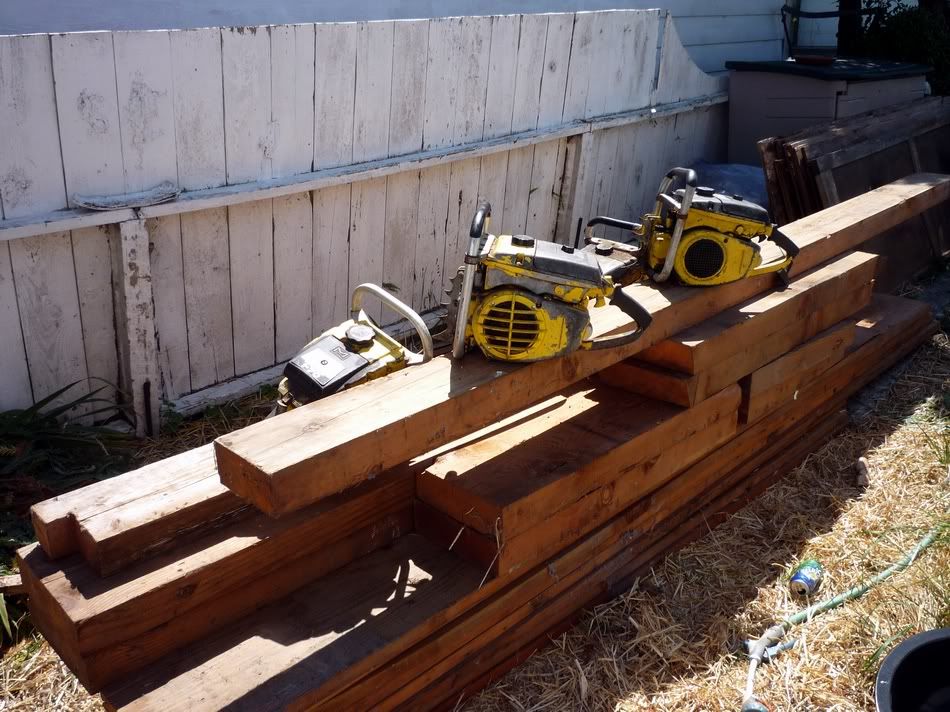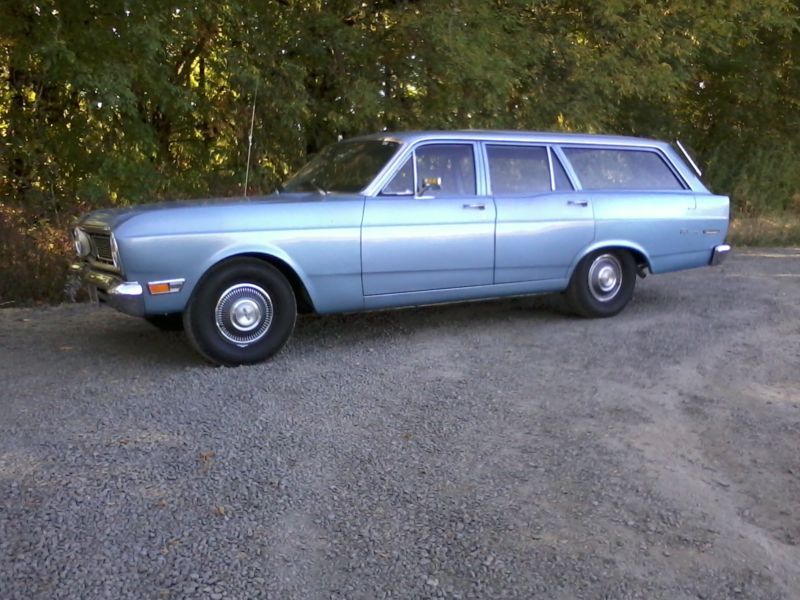TreeGuyHR
ArboristSite Guru
All this talk about old growth characteristics is I think a little off the point of the original question.
When you are talking about wood I think it would all come down to grain count. Finer grain wood is generally better so it follows old growth would be better the second growth.
Use to have something we called bastard growth which was basically some pretty nice sized timber but fast growing so coarse grain.
You are right. The only point to clarify is that "old-growth forest" has been defined as an ecological definition based on forest structure that develops over a few centuries. Therefore a single tree technically isn't "old-growth", because that is a forest stand definition. Now, there are plenty of big, old trees, that if growing in an old growth forest, would have that high value tight clear grain; big old (or small old) trees out in the open would have big knots and likely have wind-shake as well (heartwood cracks), and small trees, fast or slow growing, also grow in old-growth forests. Does that clarify it?

We have not figured out how to grow CVG conifer wood commercially, because it takes too much time. If you thin and prune a stand, you will get some clear wood, but because the trees are fast growing, proportionally more of the diameter is sapwood, and all the rings are wide. The wood will therefore have different properties, including density, color, smell, and stability when cut and dried. The reason old-growth wood (OK, wood from big old trees :msp_biggrin
There is a thriving "dis-assembly" industry, made up of many small-scale operators, who will take down your old barn, shed, mine props, RR trestle, or what have you for free in exchange for the wood, which is then re-sawed and made into furniture or beams for exposed beam construction. If you have priced a CVG beam or 3/4 plank lately, you will know why!




























































